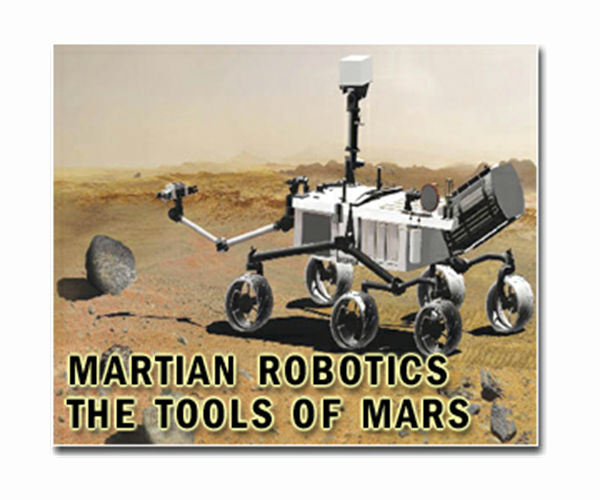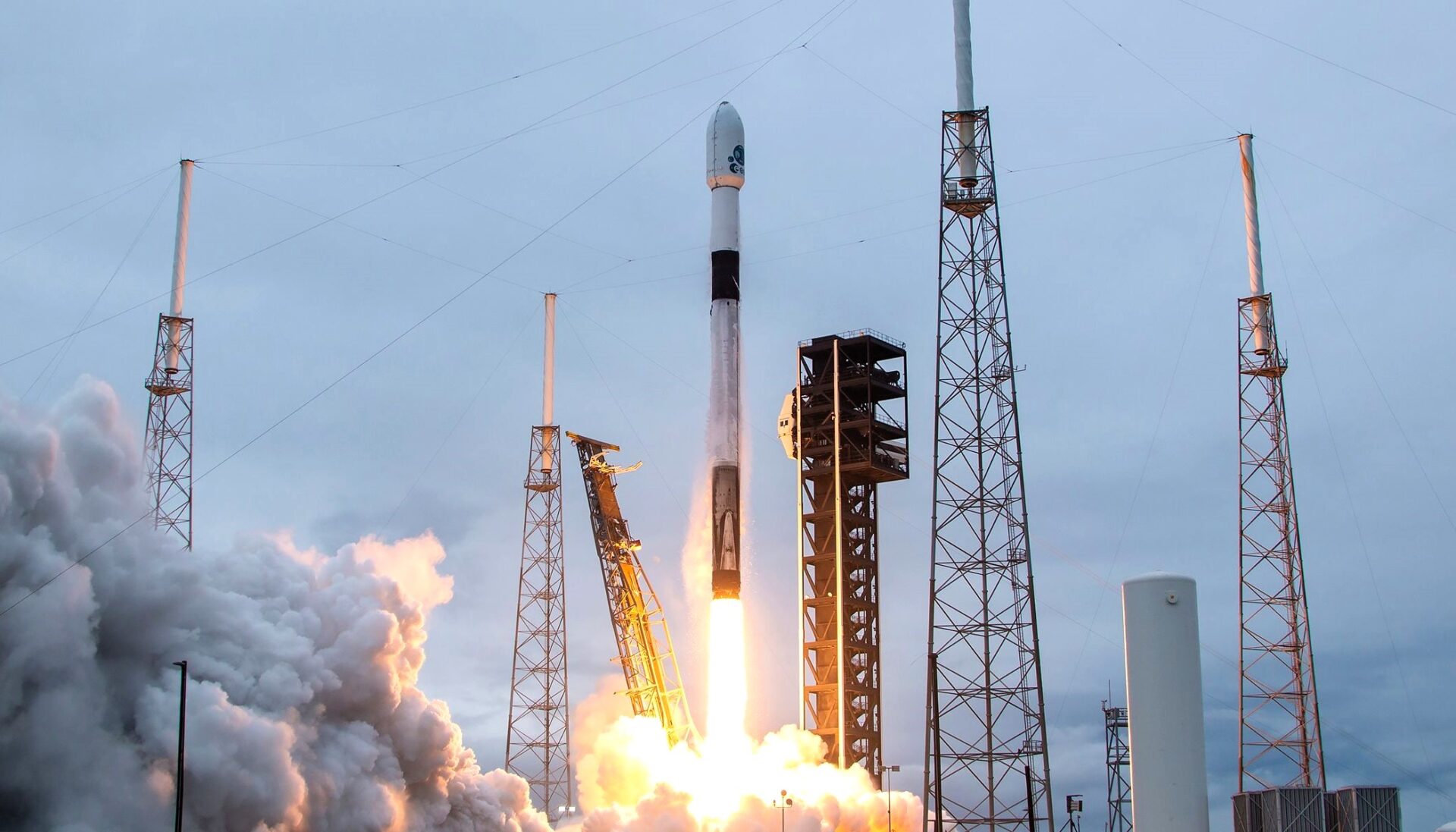[ad_1]
Mars mission: Wurzburg researchers orchestrate swarm of robots
by Robert Emmerich
Wurzburg, Germany (SPX) Sep 12, 2024
An enormous canyon stretches across Mars: Valles Marineris is 3,000 kilometres long, 600 kilometres wide and on average eight kilometres deep. Its Latin name goes back to the Mars orbiter “Mariner”, which discovered the valley in the early 1970s.
Since 2012, this largest known canyon in the solar system has received special attention from the German Space Agency at the German Aerospace Centre (DLR). The VaMEx initiative aims to develop key technologies for robotic exploration of this difficult terrain in a swarm: The VaMEx – Valles Marineris Explorer consists of driving, walking and flying drones that form a complex overall system.
The space agency’s VaMEx initiative aims to explore the canyon’s gorges and caves for the first time. It will also search for traces of liquid water and thus possibly for life that could exist there in protected niches. To this end, DLR wants to bring a swarm of autonomous, interconnected robots to Mars: They will operate on the ground, in the air and in caves, where they will collect images and other data.
Caves as Particularly Interesting Target Locations
There are likely to be several caves in the rugged valley. Even in the seemingly monotonous landscape of the moon, researchers from Italy and the USA recently discovered the entrance to a large cave.
Caves are not only interesting as locations for lunar or Martian bases. They offer protection from cosmic radiation, more moderate temperatures and therefore also a good environment for the preservation of life, which could have emerged billions of years ago when conditions on Mars were much more favourable.
In addition to the Chair for Aerospace Information Technology at Julius-Maximilians-Universitat (JMU) Wurzburg, a team from the JMU Professorship for Space Technology is now also involved in the exploration of Valles Marineris. Its task is to develop a communication concept for the robot swarm. In the current third development phase of VaMEx, the German Space Agency at DLR is funding the sub-project at JMU with around 1.5 million euros.
How the Robot Swarm is Composed
“We have given our sub-project the name “VaMEx3-MarsSymphony” because the aim is to make the individual elements of the robot swarm play together harmoniously like an orchestra,” says project leader Professor Hakan Kayal. In the current development phase, the swarm includes mobile robots in the air and on land, a stationary gateway on the ground that serves as a command centre for communication, and a satellite simulator for data exchange with the earth.
When the robots on the ground enter caves, they are shielded from the surface of Mars and cannot communicate directly with the gateway. The concept therefore also includes repeater stations, which pass on the recorded images and data in a transport chain – from the robot in the cave to the gateway on the surface of the planet.
Technology from Wurzburg: Autorotation Bodies
The swarm also includes so-called autorotation bodies: they are dropped from the air and collect data as they glide gently to the ground. They achieve the latter thanks to their special design: the elongated bodies are built like maple seeds. They have a wing and rotate on their own axis, allowing them to gently spin downwards. Their flight path can be controlled so that they can be distributed over a larger area and then used as sensor, repeater and navigation networks.
MarsSymphony project manager Clemens Riegler is particularly pleased about the use of the autorotation bodies: he helped develop the falling bodies as a student – from 2016 in the Rexus-Bexus programme of the DLR Space Agency and in the Wurzburg university group WuSpace e.V., which enables students to work on aerospace projects.
Riegler is continuing to develop the landing system in his doctoral thesis: “It’s great to see that DLR is recognising this work and that it has now become part of a project to explore Mars!”
A Celestial Camera is Integrated into the Gateway
The robotic Mars orchestra has another unique feature: the stationary gateway will be equipped with a camera that keeps an eye on the Martian sky. “All previous Mars missions have focussed on the surface of the planet, but we want to look upwards for the first time,” says Hakan Kayal. And there should be a lot to observe there: Cloud formation, ingress of meteors or lightning and other short-lived luminous phenomena.
Meteorites the size of a basketball seem to hit Mars almost every day: this is what researchers concluded from seismic data in June 2024. “We could further substantiate this with data if we film the entry of meteorites with our UAP camera and correlate these events with the seismic signals,” says Hakan Kayal.
The abbreviation UAP stands for “Unidentified Anomalous Phenomena”. The name of the camera is derived from its ability to use artificial intelligence to specifically detect unknown celestial phenomena, such as those observed on Earth. The integration of a camera system for sky observation on the Gateway represents a significant development step towards a detection system for short-term phenomena in the Martian atmosphere and for research into UAPs. With MarsSymphony, UAP research is being subsidised with federal funds for the first time. The new type of sky observation camera could also detect UAPs on Mars in the future.
Communication Between Gateway and Relay Satellite as a Challenge
Communication between the elements described and the space segment is a key challenge in the transmission of the scientific data obtained. Due to scarce resources, this applies in particular to communication between the gateway on the surface of Mars and the relay satellites in orbit.
Current landers currently use the S- or X-band. However, switching from the X-band to the Ka-band is a decisive step towards increasing the data rate of the transmission channel. The Berlin project partner IQ Technologies for Earth and Space GmbH will therefore develop a Ka-band-capable transceiver for use on landers and small interplanetary satellites based on its flight-proven XLink system. In addition to transceiver hardware for interplanetary systems, the project will also develop customised and flexible transmission protocols.
System Test 2025 with Analogue Mission on Earth
Whether the robot swarm works as planned will be tested during an analogue mission in 2025: The participants will simulate the Mars mission on Earth, probably in a quarry in Germany. The Wurzburg UAP camera will also play an important role in this simulation: its video recordings from the sky will provide sufficiently large volumes of data to test the resilience of the communication system.
If the analogue mission goes well, what would be the next step? “In a possible follow-up project, the hardware would have to be adapted for use on Mars,” explains Hakan Kayal. Because the conditions there are harsh: The atmosphere is thin, the average temperature is minus 63 degrees Celsius and large dust storms regularly sweep across the red planet.
Funding and Other Facts
The Wurzburg VaMEx-3 sub-project “Demonstration of a complete radio link for satellite communication with non-line-of-sight rovers for the exploration of Valles Marineris” is being funded by the German Space Agency at DLR under the code 50RK2451A with funds from the Federal Ministry of Economics and Climate Protection following a decision by the German Bundestag.
The project is based at the Interdisciplinary Research Centre for Extraterrestrial Studies (IFEX) at the University of Wurzburg. In addition to project leader Professor Hakan Kayal and project manager Clemens Riegler, four other employees and three student assistants are involved in the VaMEx3-MarsSymphony sub-project. The official start of the two-year project was on 1 August 2024; the kick-off meeting took place on 5 September 2024 at the DLR Space Agency in Bonn.
Related Links
University of Wurzburg
Mars News and Information at MarsDaily.com
Lunar Dreams and more
[ad_2]
Source link





No comments! Be the first commenter?